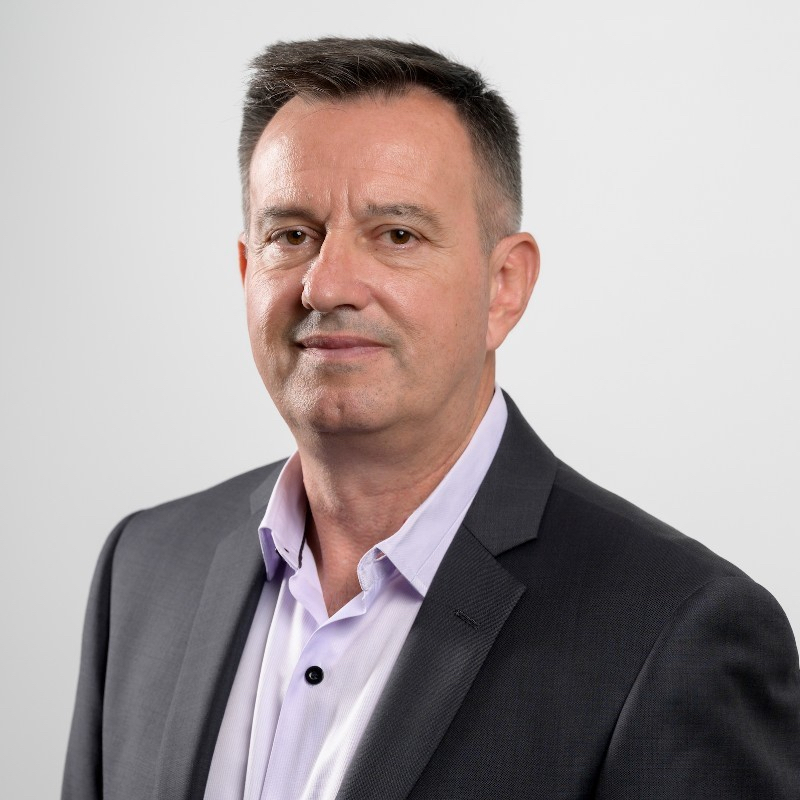
Unity Bank CEO Danny Pavisic
G&C Mutual Bank and Unity Bank will be joining forces, consummating one of the longest-debated mergers in Australia’s mutual banking landscape.
“The merger provides an exciting opportunity to combine the strengths and proud histories of the two organisations in a merger of equals which will allow us to offer improved products and services for our combined membership base,” the two banks said in a statement yesterday.
The merger will create one of Australia’s largest nationally-operating mutual banks with projected assets at the expected merger date of March 2025 of around A$4 billion, a network of 28 branches and a full suite of digital services.
“The increased scale and cost synergies from the merger will allow the merged organisation to fund further innovative products and community support initiatives,” the banks said.
There will be no branch closures and all employees will be offered a role in the merged organisation.
The banks anticipate having the merger approved by members by the end of 2024.
The board of the merged organisation will comprise an equal number of directors from the Unity board and the G&C board.
The initial chair of the merged bank will be drawn from the transferring G&C directors and the initial deputy chair will be drawn from the transferring Unity directors.
Danny Pavisic, the CEO of Unity Bank, will become the initial CEO of the merged bank, and the CEO of G&C, Rosanna Argall, will become the deputy CEO. Twelve months from the effective merger date, Argall will assume the long-term CEO role.
All trading names currently used by G&C and Unity will be retained in the period immediately following the merger, with the intention that Unity Bank will become the merged organisation’s name.
G&C will be the receiving institution, a choice informed by G&C already holding dual credit ratings; BBB from S&P and Baa1 from Moody’s. G&C also has an established FRN program.
Both banks use the same core banking system, Ultracs.
The banks are two of the largest mutual banks that do not use brokers to generate loan growth.
Over the last three years G&C has averaged 16 per cent loan growth and Unity has averaged 8 per cent, accelerating to nearly 12 per cent last year.
With projected post-merger assets of $4 billion, the new entity will be the tenth largest mutual ADI, one with operations in all states, though its customer base will be heavily weighted to NSW.
It is now around four years since G&C and Unity last gave active consideration to a potential merger between the two banks. Although the Boards of both organisations ultimately resolved not to proceed with a merger at that time (partly due to the onset of COVID), “both parties nevertheless acknowledged that the underlying rationale for a merger remained compelling and undertook to maintain close contact and to re-visit the merger opportunity at an appropriate time,” the banks said.